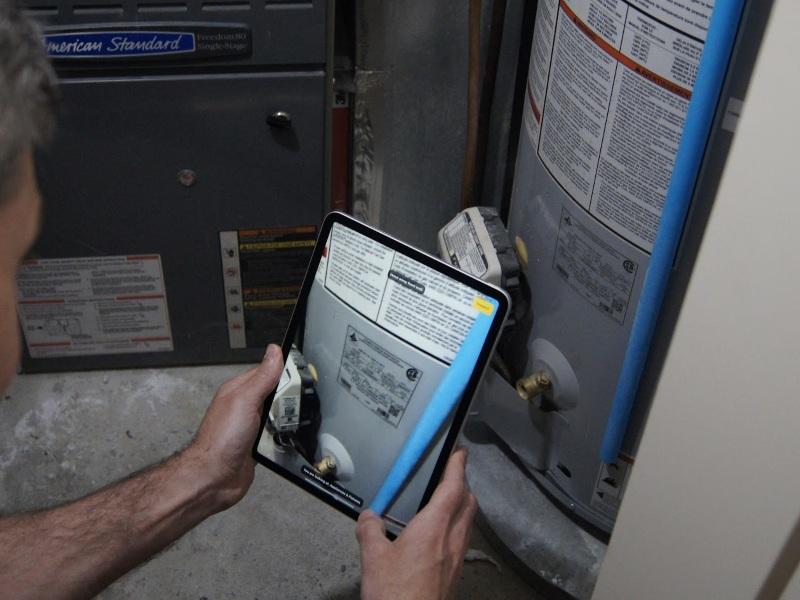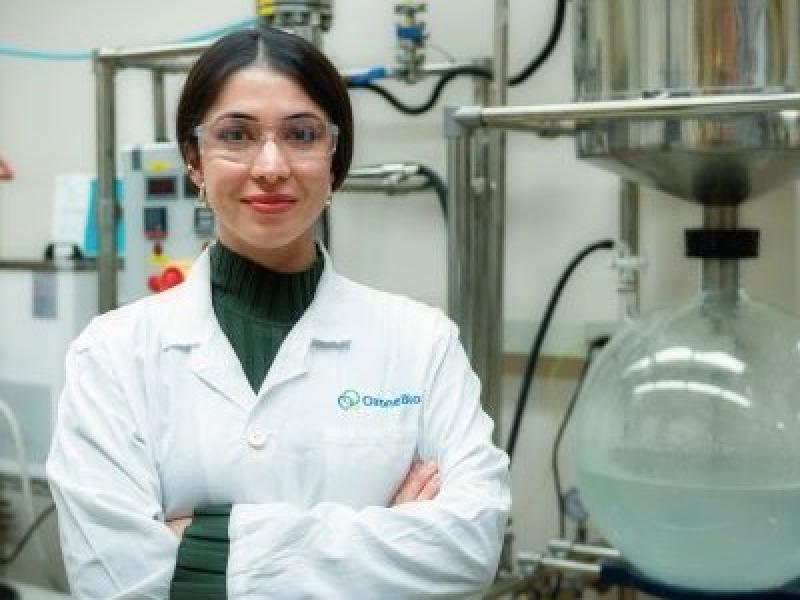
Some of Coca-Cola Company’s most iconic brands in Canada – including Coca-Cola, Coke Zero, Sprite and Fanta – will be packaged in (mostly) recycled plastic starting in February 2024.
The use of virgin plastic will be struck from the 500-millilitre bottle size of 12 Coca-Cola brands, cutting millions of pounds of plastic per year.
The move has two aims: helping Coca-Cola meet its global goal to use at least 50 per cent recycled materials by 2030; and increasing market demand for recycled plastic (recycled polyethylene terephthalate), known as rPET.
The announcement comes about a year after Coca-Cola was named one of the world’s largest plastic polluters by The Sierra Club. The Changing Markets Foundation also alleged the company was greenwashing in some of its claims regarding eco-friendly plastic packaging.
“Coke Canada is being very, very progressive about their goals and targets as it relates to sustainability because it’s the right thing to do, because they want to meet what they see as growing consumer demand,” Mika Unterman, Coca-Cola Canada's senior manager of sustainability capabilities and planning, told Sustainable Biz Canada in an interview.
Coca-Cola’s rPET efforts
In addition to the previously mentioned brands, Coca-Cola will use the rPET packaging for its Coca-Cola Zero Sugar, Fresca, Coca-Cola Cherry, Barq’s and AHA beverages.
The 500-millilitre bottle is one of Coca-Cola’s most popular sizes, Unterman said, carried in many convenience stores and vending machines.
Canada makes up approximately eight to 10 per cent of Coca-Cola’s sales volume in North America.
The use of rPET bottles (excluding caps and labels) will eliminate 7.6 million pounds of new plastic in 2024, equivalent to 135 million bottles, the company claims. It will also reduce the company’s emissions by almost 7,000 tonnes of carbon dioxide per year.
Unterman said the recycled plastic preforms will be provided by Southeastern Container, a co-operative in which Coca-Cola is a partner along with its bottlers.
The switch to rPET builds on a transition to improve the quality of the plastic bottles for better recycling. Unterman gave the example of Sprite bottles, which used to be green and are now clear for easier recycling.
Bottles made of rPET can be recycled multiple times, depending on the quality of the plastic put into the supply chain, Unterman said.
“No material can be recycled infinitely, but what we are doing is keeping this material in use for much, much, much longer.”
Though rPET is pricier than virgin plastic, Unterman said there will be no price difference for consumers.
Setting a firmer market for rPET
In addition to reducing demand for virgin plastic, Coca-Cola Canada hopes to stimulate demand for food-grade rPET with its initiative.
The recycling industry depends heavily on a guaranteed volume, Unterman said, and Coca-Cola Canada can ensure steady demand for recycled plastic. This signals to the recycling industry that Coca-Cola is in it for the long-term.
Unterman said the rPET market has seen price volatility in the past, but Coca-Cola has stuck to its commitment in Europe, and she said that will continue with its Canadian initiative.
Coca-Cola Canada is also motivated by growing customer demand to report on more than just financial performance, she added. The company wants to demonstrate improvement on its environmental and social performance.
Coca-Cola's World Without Waste plan has worldwide targets such as:
- have 50 per cent recycled plastic in all of Coca-Cola’s packaging by 2030;
- make 100 per cent of its packaging be recyclable by 2025; and
- have at least 25 per cent of its beverages by volume sold in refillable or returnable glass or plastic bottles by 2030.










